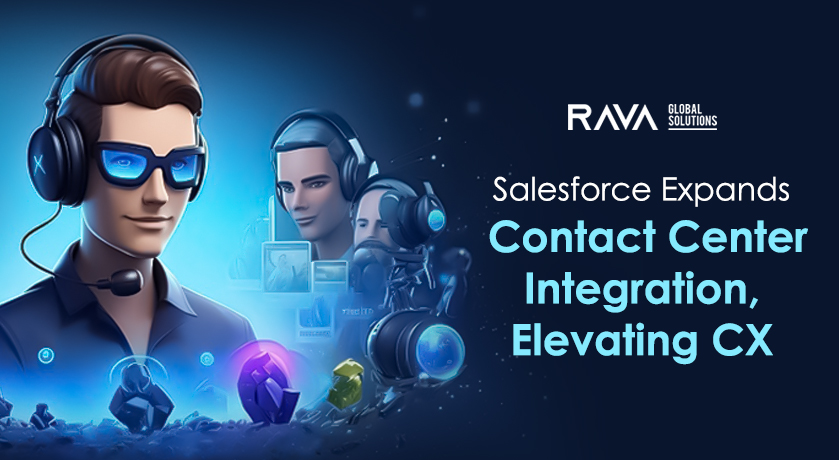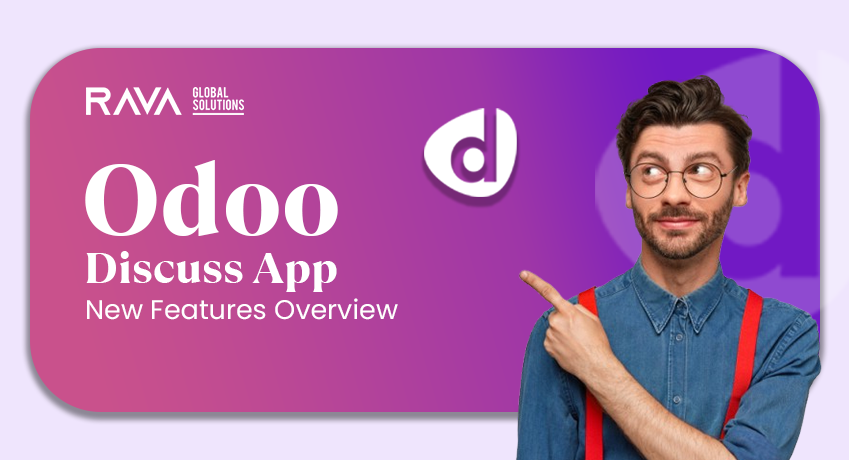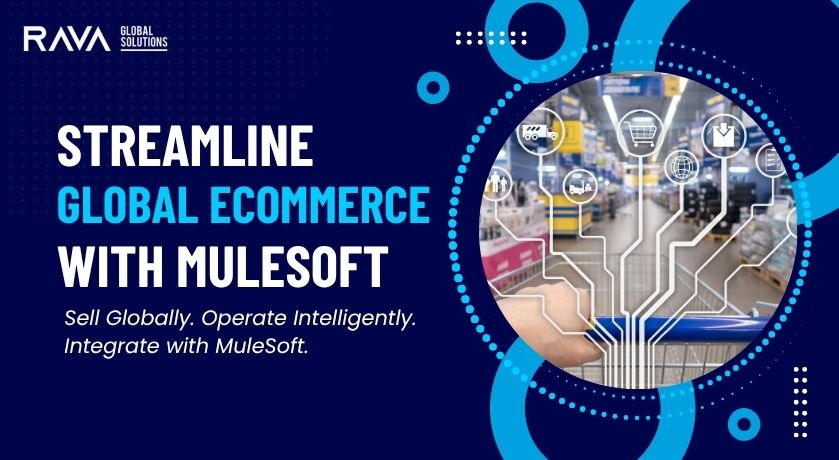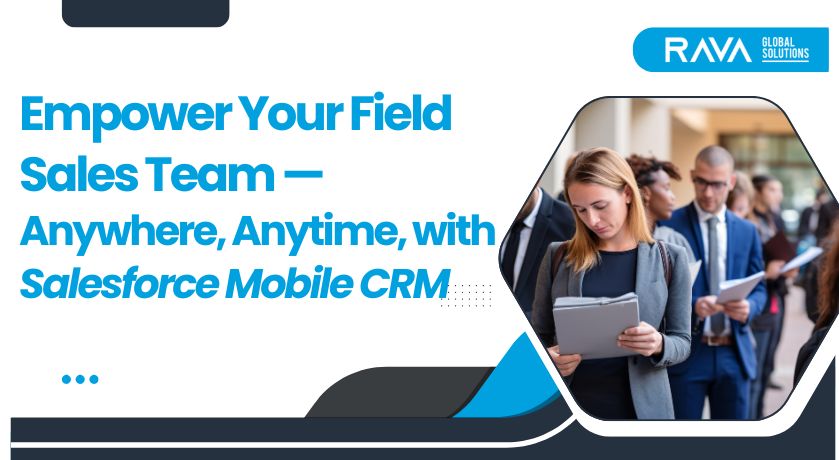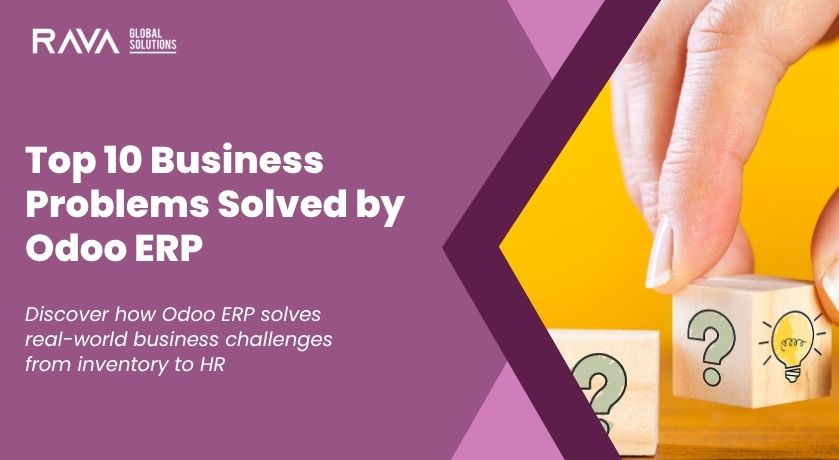Salesforce is further solidifying its leadership in CRM and customer experience through the “Bring Your Own Channel” initiative for Contact Center as a Service. The company has unveiled a new pilot program based on the success of its “Bring Your Own Telephony” initiative. It takes a giant leap forward in further extending its integrations with cloud contact centre providers.
From BYOT to BYOC: Extending Salesforce’s Vision
BYOT integrated 17 voice-enabled digital engagement channels from CCaaS partners into Service Cloud through this initiative. BYOT changed customer conversation management for organizations. NOW, through the BYOC pilot program, Salesforce expands upon this flexibility by allowing partners to bring their entire digital engagement channels, ranging from chat and messaging through email, directly into the Service Cloud.
Market leaders such as AWS, Genesys, and Vonage are already on board with this pilot program. AWS has used this integration to drive a unified CCaaS-CRM offering under the Salesforce Contact Center with the Amazon Connect banner. But that’s a good starting point; the company plans to scale this ecosystem further when it emerges from the pilot stage.
Flexibility at the Core
“We want to build an expansive ecosystem that gives customers a choice,” said EVP and GM for Service Cloud Kishan Chetan during an exclusive interview with CX Today. He underlined that Salesforce is always focused on enabling flexibility, catering to existing relationships customers may have with contact centre vendors across various geographies.
A flexible system allows Salesforce to fulfil the growing need for seamless CX solutions by empowering end-users to create their ideal service experiences through the digital channels of Service Cloud or the offerings of their CCaaS provider.
Service Cloud Reimagined as a Platform
Salesforce foresees that Service Cloud will be a platform that could play a substantial role beyond the customer engagement position. Like its iOS counterpart, it’s dynamic and integrates outside solutions from various vendors or ISVs (Independent Software Vendors). So, third-party solutions can easily plug into an application. Such a strategic move places Service Cloud at the center, controlling many CX tool applications and workflows.
The BYOC initiative would try to replicate BYOT’s success, which has seen it double in size and process tens of millions of customer conversation minutes at triple-digit growth rates.
As the BYOC pilot runs, salesforce expects adoption and the same success as BYOT.
Three Main Goals of BYOC Initiatives
Three main objectives Kishan said about the BYOC initiative included:
- Onboarding more partners to the Partner Ecosystem: Salesforce looks forward to onboarding more partners who can integrate their unique digital engagement channels into Service Cloud.
- Differentiated Solutions: Partnering with ISVs will enable Salesforce to differentiate its solutions regionally and industry-wise, thus aiding businesses in addressing localized needs.
- Streamlined Workflow Management: WFM and Routing Integration will enable workflows where jobs are sent automatically to the right person, whether initiated from their Salesforce application or through providers of CCaaS.
Role of AI in CX Convergence
Adopting AI/ML-powered tools in the CX stack has been critical to advancement. Salesforce’s vision extends to unifying customer data marketing, commerce, and sales with its Data Cloud. It helps realize a 360-degree view of the customer. Also, it builds the foundation for Agentforce, the autonomous AI agent platform built by Salesforce.
Agentforce will redefine CX by automating cross-functional processes and collaborating with AI agents across ecosystems. By blending AI, CCaaS, and CRM from Salesforce, customers will experience their interactions as cohesive and integrated rather than fragmented.
To support its Agentforce and Data Cloud offerings, Salesforce recently partnered with NVIDIA to further AI-based solutions. In September, the company also rolled out a “Foundations” upgrade for Service and Sales Cloud users that added more cross-cloud capabilities free of charge. These developments further underscore Salesforce’s ambition to build a fully integrated CX ecosystem to empower businesses to deliver best-in-class customer experiences.
Why BYOC Matters for Businesses?
BYOC represents a significant opportunity for companies since it enables organizations to
- Streamline CX Operations: Consolidate workflows and bring in-line tools that significantly reduce operational complexity, improving efficiency.
- Improve Engagement With the Customer: With an interconnected CX environment, a company can provide the best, personalized, consistent, and seamless experience on all touchpoints.
- Utilize AI in Automation: Strong AI powers insights, automated process management, and improves decisions.
Also, BYOC’s flexibility, as it focuses on Service Cloud, supports businesses in keeping current relationships under the umbrella of their current CCaaS while fully embracing its capabilities.
Conclusion: New Standard for CX Integration
Salesforce BYOC is more than an engineering feat; it redefines how businesses communicate with customers. Gaps in CRM and CCaaS are bridged, and AI integration makes it one holistic, flexible system. Salesforce thus lays down a new norm in the integration of CX convergence.
As the program goes beyond its pilot phase, businesses that adopt it early will benefit from being positioned to offer unmatched customer experiences in an increasingly connected world.




